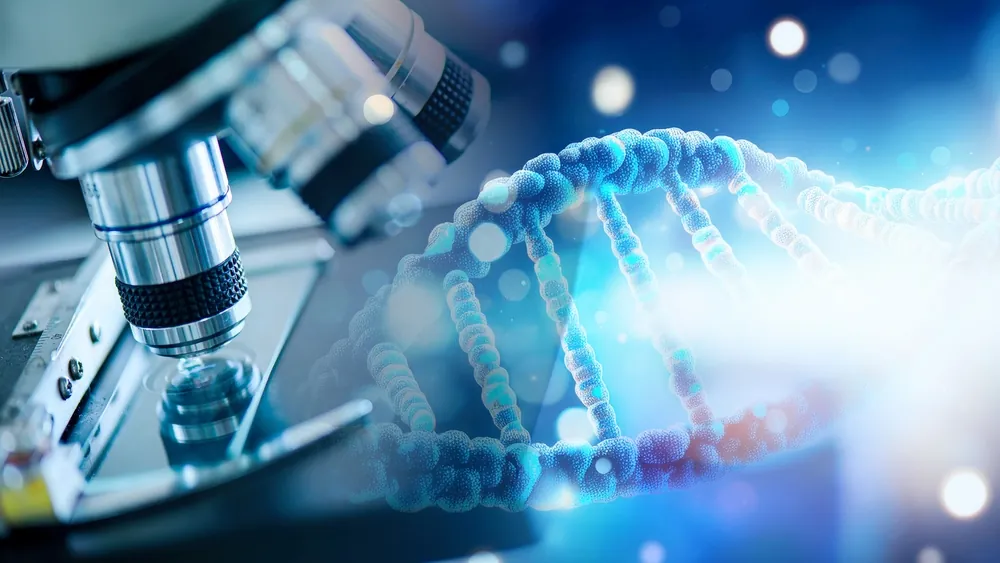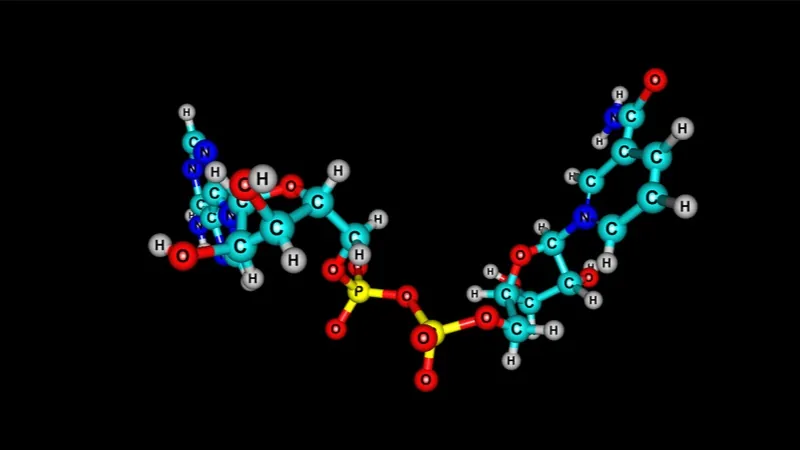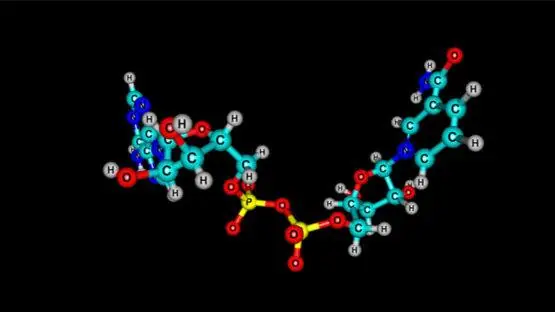Aging is accompanied by the loss of proteostasis, the accumulation of misfolded proteins and their amyloid aggregates, and mitochondrial dysfunction, which is partially characterized by the loss of mitochondrial homeostasis, the delicate balance that mitochondria need in order to produce energy without polluting the body with excessive amounts of free radicals.
The hallmarks of aging do not work in isolation, and there is increasing evidence that there is significant crosstalk between these processes. The study we want to highlight today serves to show how interconnected the hallmarks of aging are and how influencing one can affect others [1].

Read More
Deregulated nutrient sensing is another way in which we age, and this paper shows how NAD+, an important molecule that regulates metabolism and declines with age, influences both proteostasis and mitochondrial homeostasis.
The researchers’ data suggests that NAD+ homeostasis is key in regulating age-related muscle amyloidosis. It also shows that increasing NAD+ levels ameliorates the accumulation of amyloid-beta in aged human muscle cells, in old mice, and in a nematode model of amyloid-beta accumulation.
Boosting NAD+ levels also appeared to boost mitochondrial function, moving it back towards homeostasis, and it increased muscle homeostasis as well. The researchers provide evidence that ameliorating age-related amyloidosis also restores mitochondrial dysfunction and that both may be addressed via approaches that boost NAD+ levels.
Aging is characterized by loss of proteostasis and mitochondrial homeostasis. Here, we provide bioinformatic evidence of dysregulation of mitochondrial and proteostasis pathways in muscle aging and diseases. Moreover, we show accumulation of amyloid-like deposits and mitochondrial dysfunction during natural aging in the body wall muscle of C. elegans, in human primary myotubes, and in mouse skeletal muscle, partially phenocopying inclusion body myositis (IBM). Importantly, NAD+ homeostasis is critical to control age-associated muscle amyloidosis. Treatment of either aged N2 worms, a nematode model of amyloid-beta muscle proteotoxicity, human aged myotubes, or old mice with the NAD+ boosters nicotinamide riboside (NR) and olaparib (AZD) increases mitochondrial function and muscle homeostasis while attenuating amyloid accumulation. Hence, our data reveal that age-related amyloidosis is a contributing factor to mitochondrial dysfunction and that both are features of the aging muscle that can be ameliorated by NAD+ metabolism-enhancing approaches, warranting further clinical studies.
Conclusion
It is clear that the aging processes do not work in isolation and that addressing one may be potentially beneficial for others. NAD+ is an important molecule in regulating metabolism and aging, which means that approaches to increase its presence to more youthful levels could be potentially useful in treating age-related diseases.
Literature
[1] Romani, M., Sorrentino, V., Oh, C. M., Li, H., de Lima, T. I., Zhang, H., … & Auwerx, J. (2021). NAD+ boosting reduces age-associated amyloidosis and restores mitochondrial homeostasis in muscle. Cell reports, 34(3), 108660.





